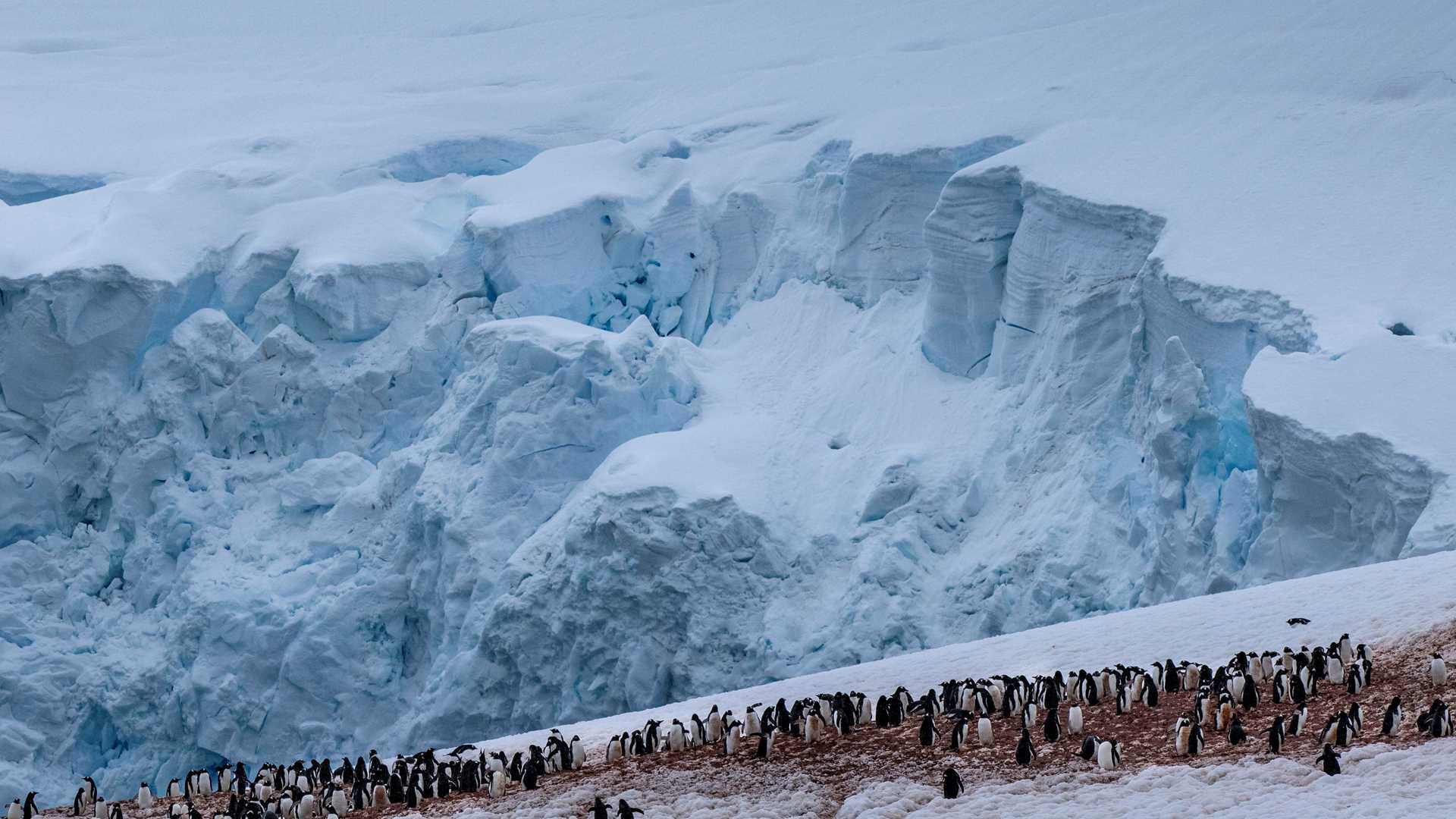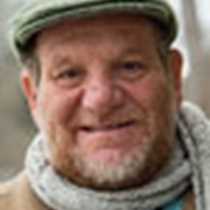This morning, we started our day by sailing from the Weddell Sea to the west side of the Antarctic Peninsula to our afternoon destination at Neko Harbour. So often our guests think of sailing time as downtime. However, National Geographic Resolution is one of our most important tools of exploration, a way for us to explore our surrounding waters. This was evident when we ran into a pod of killer whales that we watched for a half hour. After lunch, the weather turned more exciting, and we found ourselves exploring the gentoo penguin colonies at Neko Harbour by foot and Zodiac. The weather added to the sense of exploration, and the visual impact was both surreal and mesmerizing.
- Daily Expedition Reports
- 29 Nov 2023
Neko Harbour, 11/29/2023, National Geographic Resolution
- Aboard the National Geographic Resolution
- Antarctica
Steve Morello, Naturalist/Certified Photo Instructor
Steve Morello has had a long and colorful career in the natural history world. Born in New Jersey, he was lucky to be able to summer on the shores of Cape Cod. Whether it was exploring the tidal pools, snorkeling along the beach, or hiking in the dun...
Read MoreShare Report
Antarctica and Patagonia: Legendary Ice and Epic Fjords
VIEW ITINERARYRelated Reports
11/14/2021
Read
National Geographic Explorer
LeMaire Channel and Pleneau Island
Morning began early on National Geographic Explorer with a beautiful cruise through the LeMaire channel. As the ship passed beyond the southern end of the channel, it was surrounded by ice with spectacular views of sea ice and icebergs. The Zodiacs were soon lowered to take everyone ashore at Pleneau Island for up close encounters with penguins. In the afternoon, Zodiacs zipped around grounded icebergs as everyone was treated to a cruise through monumental ice sculptures created by glaciers. The day ended as it began, with a trip through the always awe-inspiring LeMaire channel.
11/9/2021
Read
National Geographic Explorer
Jackson Bay, Karukinka Natural Park & Canal San Gabriel
During a rare, perfectly still and windless morning, we landed at Jackson Bay, in Admiralty Sound to visit the most remote section of Karukinka Natural Park, a private protected area managed by the Wildlife Conservation Society. At 330 hectares, this area protects some of the southernmost forests, grasslands and peatlands of the planet together with a vast array of wildlife including several endemic bird species and a colony of breeding elephant seals. We hiked through large stands of primeval forest to get to a waterfall that drains the overflow of some alpine glaciers still blanketing the peaks that flank the valley we walked toward.







